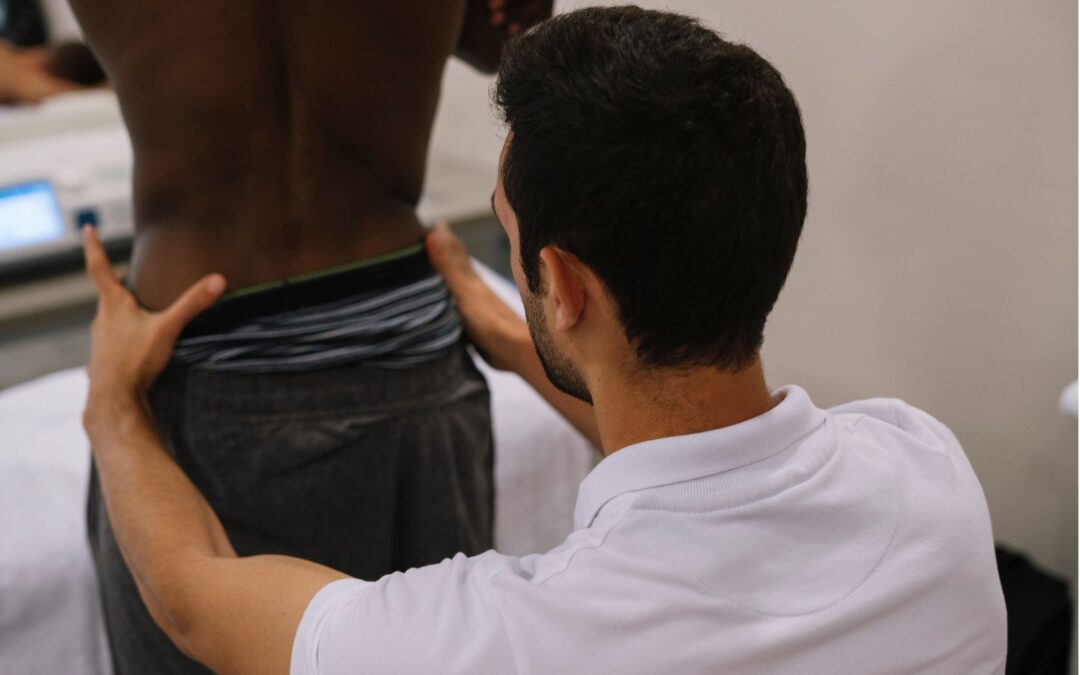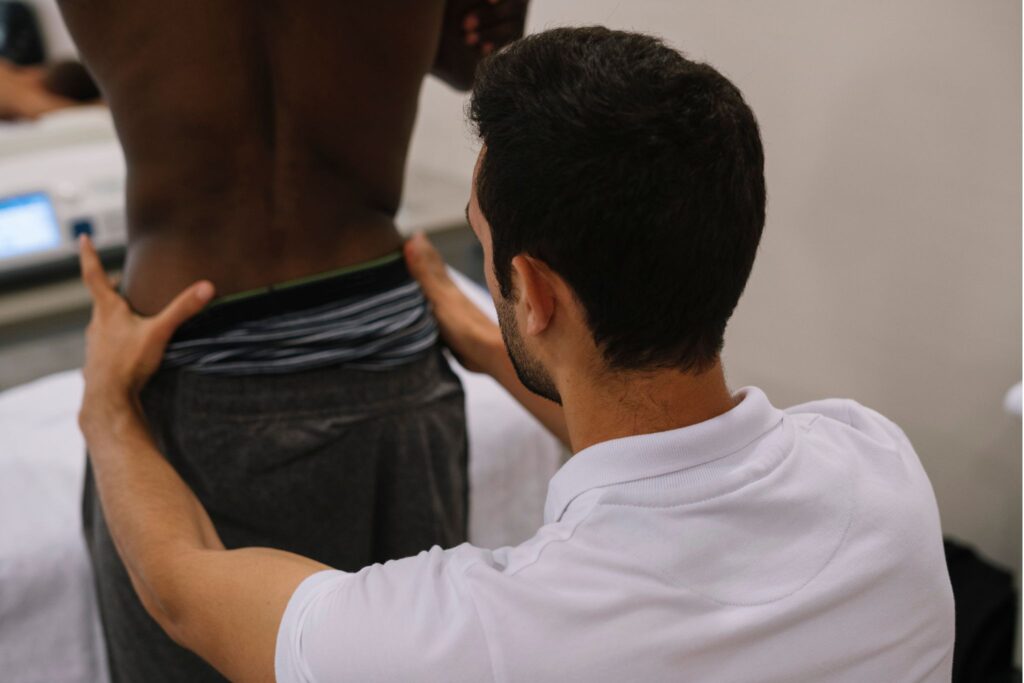Student athletes face unique physical demands from practice, games, and school activities. Maintaining a healthy spine is crucial not only for performance, but also for preventing injuries that could affect long-term mobility. At Family Chiropractic of Clark, we help young athletes understand how proper spine care, stretching, and posture can improve safety and athletic performance.
Understanding Spine Stress in Athletes
Sports often place high loads on the spine. Common factors affecting young athletes include:
- Repetitive movements in sports like soccer, basketball, or gymnastics
- Impact and collisions in contact sports such as football or lacrosse
- Heavy backpacks and equipment contributing to posture strain
- Growth spurts causing temporary imbalances in muscles and joints
If unchecked, these factors can result in neck pain, lower back pain, or misalignments that affect athletic performance and daily life. For related conditions, see our Lower Back Pain page.
Pre-Practice Spine Care Tips
1. Warm-Up Properly
- Dynamic stretches targeting the spine, shoulders, and hips
- Activation exercises for core and stabilizing muscles
- Gradual increase in intensity to prepare the spine for impact
2. Maintain Proper Posture
- Encourage neutral spine alignment during drills and lifting
- Avoid slouched positions during classroom learning or commuting with heavy backpacks
- Educate on ergonomic sitting habits at school
In-Season Spine Maintenance
- Regular stretching: Focus on hamstrings, hip flexors, and thoracic spine
- Foam rolling and self-massage: Release tension in back and shoulders
- Core strengthening exercises: Planks, bridges, and anti-rotation moves to support spinal stability
For more exercises suitable for student athletes, visit our Wellness & Exercises page.
Safe Lifting and Movement
- Teach proper lifting mechanics: bend knees, engage core, keep spine neutral
- Avoid sudden twisting movements without warming up
- Use protective equipment and braces when necessary
Role of Chiropractic Care
Chiropractic care supports student athletes by:
- Correcting misalignments from repetitive strain or impacts
- Reducing muscle tension and soreness
- Promoting optimal joint function and spinal mobility
- Supporting prevention strategies for long-term spinal health
Parents and coaches can schedule an assessment at Family Chiropractic of Clark to develop a personalized spine care plan for each athlete.
Lifestyle and Recovery Habits
- Prioritize sleep and rest, as fatigue increases injury risk
- Maintain hydration and nutrition to support muscle and joint health
- Limit overtraining and allow recovery days
- Encourage cross-training to balance muscle groups and reduce repetitive stress

Final Thoughts
Student athletes can enjoy safe, high-performance play when spine care is a priority. Combining good posture, warm-ups, core strength, stretching, and chiropractic guidance ensures young athletes stay healthy, prevent injuries, and perform at their best.

